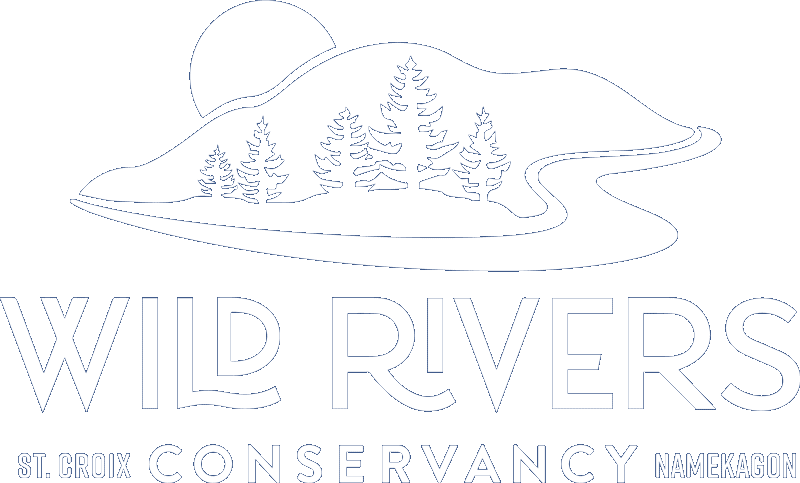by Jeremiah Walters, Wild Rivers Conservancy Naturalist
There are many ways to see wild animals in the St. Croix River watershed, but you may find yourself looking for the animal itself and not notice what they left behind. Wild animals are sometimes showy and other times elusive, yet those elusive ones still give us clues to who they are, what they are doing, and where they are going.
Meet a few of the watershed’s most common residents and learn how to see when their paths cross your own!
Deer are a common sight in the watershed. You may see them in fields, forests, crossing the river, or even checking out the bird feeders in your yard. Since deer are quite common even in urban settings, it is easy to see what they leave behind. I’m sure many of us can recognize the heart-shaped hoof print of a white-tailed deer. You can typically tell which direction these deer are headed by the pointed tip of the hoof pointing the way.
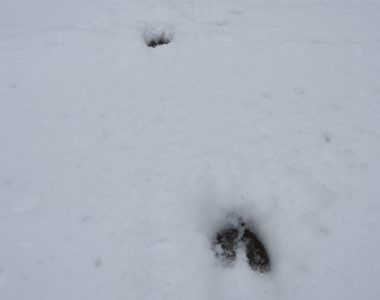
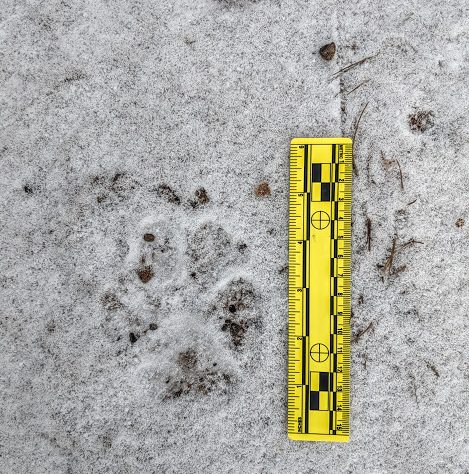
Wild canines, like wolves, coyotes, and red fox can be found throughout our watershed. Finding these tracks are fun and interesting to examine. You can distinguish a large canine track from a small track, like those of wolves and foxes, but coyote tracks can sometimes be difficult to tell apart from a Wolf or Fox. As a general rule of thumb, a large track, in the range of 4.5 inches long and 4 inches wide, in the northern part of the watershed without any human footprints around (and possibly what seems like other tracks nearby) could be identified as a wolf track and likely be correct. Wolves travel in packs and are more prominent in the north of our watershed. Coyotes, on the other hand, can be found in the same area as wolves, but they tend to prefer more open areas. Red foxes are found in urban areas, forests, and open areas, but their tracks are quite similar in size compared to that of a house cat—but since foxes can’t retract their claws, their prints differ from those of cats.
Finding a bear track can be exciting in a fun way and a scary way. Fortunately for us in Minnesota and Wisconsin, we only have black bears, a species generally more afraid of us than we are of them. However, caution is essential in the springtime when mother bears are with their cubs! A bear track can be identified by 5 toes and a large interdigital pad. (To picture what the interdigital pad is, imagine a human’s palm.) Claw marks should almost always be present in the track, as black bears have curved claws to climb trees!
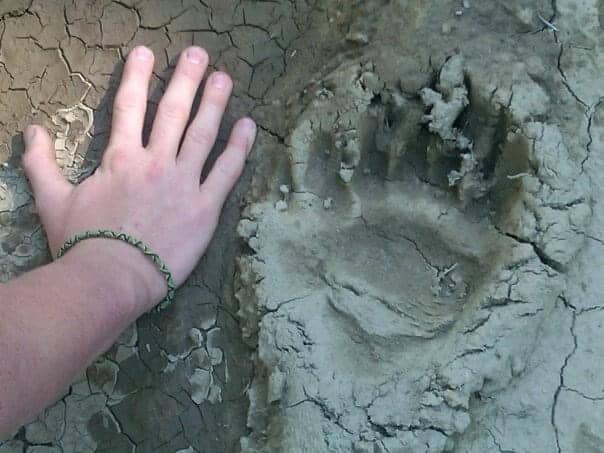
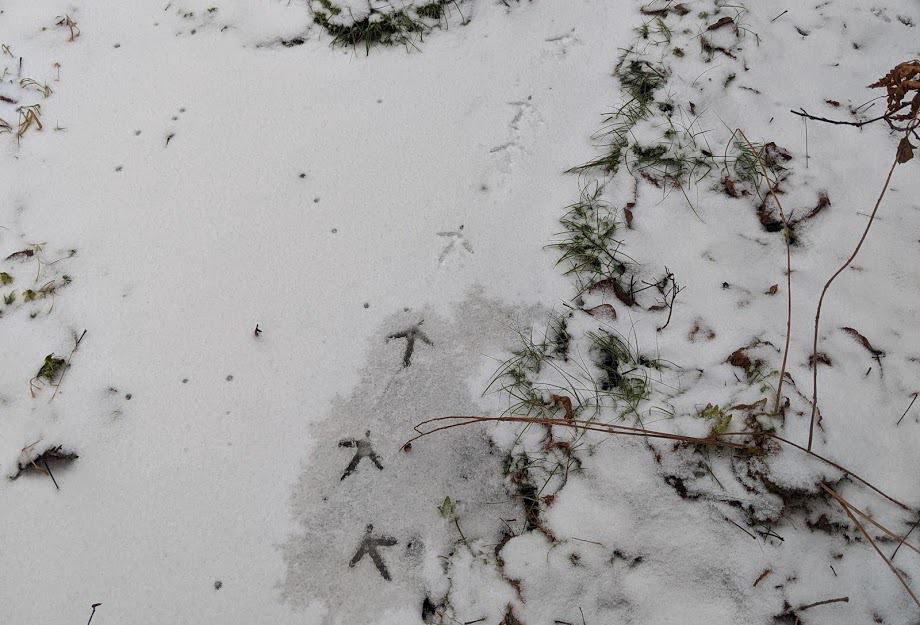
Some of the smaller tracks in our watershed include those of upland game birds, like grouse, pheasant, and turkey. To identify these tracks, look at the size and number of toes. Game bird tracks will have three forward-facing toes present in their track. Since we have three types of game birds in our watershed, we can usually guess what track we are looking at based on size and habitat. If you are in the lower part of our watershed and find medium sized game bird tracks near a prairie, you could confidently call that a pheasant track—however, we do have a species of grouse, the Sharptail, that also prefers a similar habitat. Their tracks will be a bit smaller than those of a pheasant. If you are in the northern part of our watershed and find a smaller game bird track located near a stand of aspen, we could confidently call that track a ruffed grouse. Turkey tracks can be found all over in our watershed and are easily identifiable by their large size.
Perhaps the most common track you will find out in the woods within our watershed are rabbit tracks. We have two species in our watershed, the Eastern Cottontail and Snowshoe Hare. They make similar footprints in the snow, however, the Snowshoe Hare has large rear feet to allow them to bounce across the top of the snow.
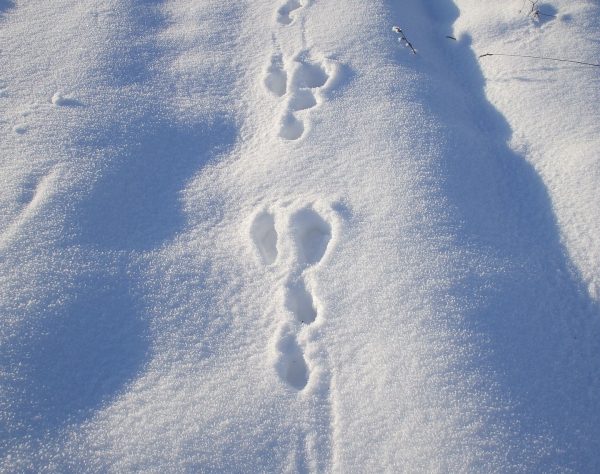
The next time you are out for a hike, look closely to see what animals have shared the trail with you!
Join Jeremiah on Saturday, February 13 for our Family Fun: XC Ski event to observe more winter beauty in William O'Brien State Park and perhaps even glimpse some wildlife! Click here to learn more and register.
